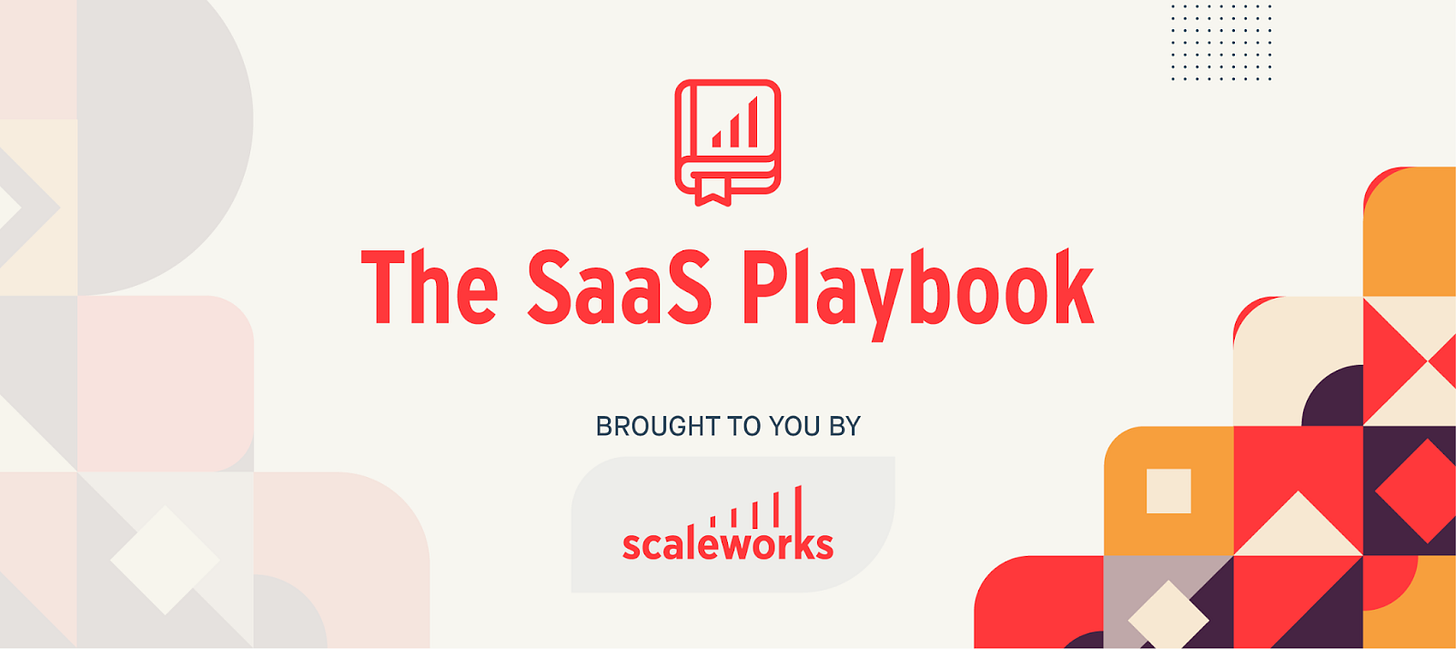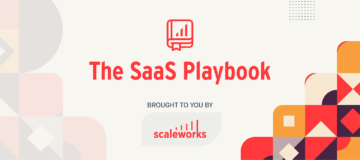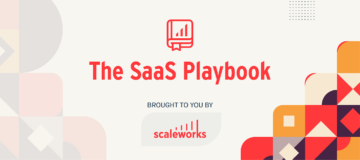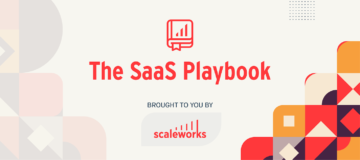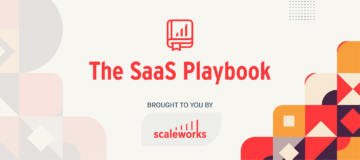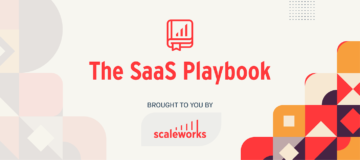Welcome back to The SaaS Playbook, a bi-weekly rundown of the top articles, tactics, and thought leadership in B2B SaaS. Not a subscriber yet?
☁️ 68% of the Cloud 100 (with public pricing) offer prepay annual plans, discounting plans by 20-30% on average in exchange for cash upfront. While this might seem like a great way to improve retention rates and CAC payback, that’s not always the case. According to OpenView’s 2021 Finance and Operating Benchmarks Report, monthly/quarterly contracts win on long-term retention – companies with 100% of their revenue on monthly and quarterly contracts had a medium GDR (Gross Dollar Retention) of 90%, compared to annual/multi-year only companies who had a medium GDR of 85%. Similarly, customers on monthly contracts had lower CAC payback periods than those on annual contracts (11.2 months vs. 15 months). Separately, annual plans typically lead to higher levels of diligence and scrutiny from potential customers, so a monthly plan could even shorten your sales cycle. It’s worth an A/B test to see!
😄 All software tools have power users, your customers who frequently use your product and champion your brand. We all want more, but to get them you must be able to measure and identify them in the first place. A straightforward way to do this is by looking at your Power User Curve, a histogram of users’ engagement by the total days they were active in a month. It does a better job of tracking engagement than the classic DAU/MAU ratio because instead of just offering one number, it tells a more complete story about user engagement. You will want to see your Power User Curve “smile”, meaning that you have less involved users spiking your chart on the left side, but a strong group of consistent users on the right which should grow over time.
🌱 When founders and investors discuss why B2B SaaS startups fail, the blame often falls on a bad product or market filled with loads of competition. But there are clearly lots of other factors and reasons in play, one being that founders’ can become overly focused on product, at the expense of the total business. So before going heads down on scaling, you need a solid foundation in place, meaning: cultivating your value prop, fine-tuning your revenue model, and understanding how you fit within the broader ecosystem. The strength of your growth potential hinges on how well you understand the nuances of those elements and how you blend them together.
💰 We know that sharpening your accounting policies probably isn’t high list for most founders, but better to address it now then put it off until it’s too late. Straightening out your accounting practices early is really a must because while you're unlikely to have issues in your first year or two, correctly attributing revenue reduces the risk of mishaps when you start to really scale. Knowing when contracts and sales translate to actual money in the bank will give you better control of your company’s financial health, and help explain the process to larger enterprise clients about their contracts and invoicing status and identify areas for upselling.
As always, if you or someone you know is considering selling, taking investment, or even looking for a bit of debt (we do offer debt for growth) we might be able to help out. Just reply to this thread and we can get acquainted. We may or may not be a perfect fit, but we’re always up for meeting SaaS founders and extending our network where helpful.
- SEO Powered Content & PR Distribution. Get Amplified Today.
- Platoblockchain. Web3 Metaverse Intelligence. Knowledge Amplified. Access Here.
- Source: https://thesaasplaybook.substack.com/p/-reconsidering-annual-plans-finding
- 10
- 100
- 11
- 20-30%
- 2021
- 9
- a
- Able
- About
- According
- Accounting
- acquainted
- active
- address
- All
- always
- and
- annual
- areas
- articles
- average
- B2B
- back
- Bad
- Bank
- because
- become
- being
- benchmarks
- Better
- Bit
- Blend
- brand
- business
- Can Get
- case
- Cash
- champion
- Chart
- classic
- clearly
- clients
- Cloud
- Companies
- Company’s
- compared
- competition
- complete
- considering
- consistent
- contracts
- control
- could
- curve
- Customers
- Days
- Debt
- diligence
- discuss
- Dollar
- down
- Early
- early stage
- ecosystem
- elements
- engagement
- Enterprise
- Even
- exchange
- Explain
- extending
- factors
- FAIL
- Falls
- filled
- finance
- financial
- financial health
- finding
- First
- fit
- focused
- Foundation
- founders
- frequently
- from
- get
- Give
- going
- good
- great
- gross
- Group
- Grow
- Growth
- heads
- Health
- help
- helpful
- High
- higher
- How
- HTTPS
- identify
- improve
- in
- instead
- investment
- Investors
- invoicing
- involved
- issues
- IT
- Job
- Know
- Knowing
- larger
- Late
- lead
- Leadership
- levels
- List
- loads
- long-term
- looking
- Market
- meaning
- measure
- medium
- meeting
- might
- model
- money
- monthly
- months
- more
- most
- Need
- network
- number
- offer
- offering
- ONE
- operating
- Other
- PAYBACK
- perfect
- periods
- Place
- plan
- plans
- plato
- Plato Data Intelligence
- PlatoData
- Play
- policies
- potential
- power
- practices
- probably
- process
- Product
- public
- put
- Rates
- ratio
- RE
- reasons
- reduces
- reply
- retention
- revenue
- Risk
- round
- SaaS
- sales
- Scale
- scaling
- Selling
- should
- Similarly
- So
- Software
- solid
- Someone
- Stage
- start
- Startups
- Status
- Story
- straightforward
- strength
- strong
- tactics
- taking
- tells
- test
- The
- their
- thought
- thought leadership
- time
- to
- together
- too
- tools
- top
- Total
- Tracking
- translate
- typically
- understand
- understanding
- use
- User
- users
- value
- which
- while
- WHO
- will
- win
- within
- worth
- year
- Your
- zephyrnet

